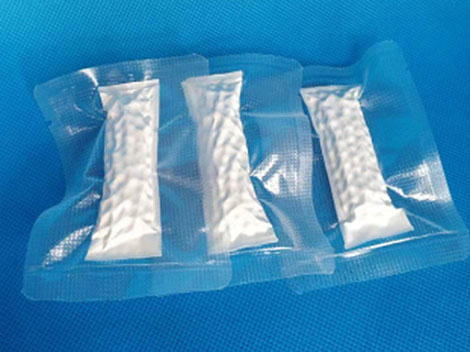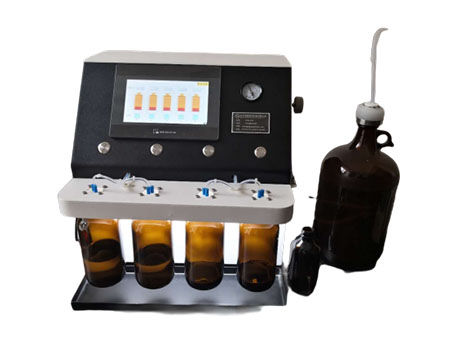In the typical DNA, RNA and non-natural nucleic acids' synthesis, the Deprotection and Coupling step plays crucial roles.
The Deprotection step is to remove the DMT group on the solid support or the 5' hydroxyl group on the previous nucleoside with organic acid, and exposed the hydroxyl group for the following coupling step. The 3% trichloroacetic acid in dichloromethane or toluene is mostly used to carry out the deprotection step. The concentration of trichloroacetic acid and the deprotection time (deblocking time) dominate the purity of the final products. Low concentration and insufficient deblocking time leaves unreacted DMT group, that decrease the yield and increase the undesired impurities. The lengthy deblocking time may leads the depurine of synthesized sequences, forming the unexpected impurities.
The Coupling step is sensitive to the water content of solvents and the moisture in the air. The concentration of water in the synthesis should be less than 40 ppm, better less than 25 ppm. To keep the anhydrous synthesis condition, the nucleic acids' synthesis should be carried out in a low humidity environment, so we recommend our customer to use the Amidites Dissolved Equipment, which can dissolve the powdered or oily Phosphoramidite in anhydrous acetonitrile to avoid contact with air.


Since the dissolve of phosphoramidites it's better at the non-water situation, and molecular traps to adsorb the trace water in the reagents and amidite, it's need to prepare the Molecular Traps. We recommend 2 g subsieve for 50-250ml reagent bottles, 5g for 250-500ml reagent bottles, 10g for 500-1000ml reagent bottles, and 20g for 1000-2000ml reagent bottles.
The dissolve of phosphoramidites should be carried out under the inert atmosphere, and the replace of activator reagents and acetonitrile should be finished in time. The Capping and Oxidation reagents should be used as soon as possible, the opened reagents give less shelf life, and less activity during synthesis.
Post time: Aug-09-2022




